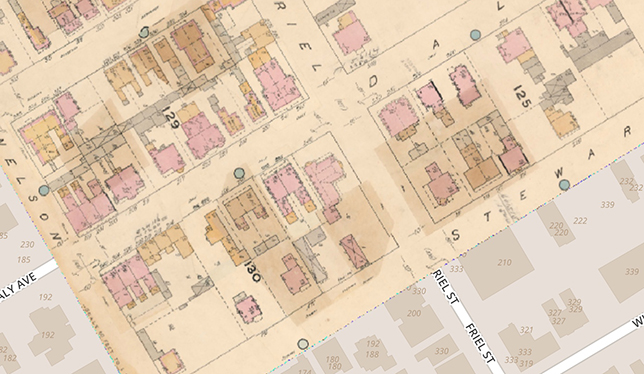If you’re not entirely sure what digital humanities are, you’re not alone. As an emerging field, it is both highly specialized and interdisciplinary, growing out of a decades-old practice where humanities researchers and educators use computational tools to make sense of text and data.
Today, digital humanities are still about the tools but also represent a new paradigm in the humanities, said Chris Tanasescu, coordinator of digital humanities resources at the University of Ottawa and co-organizer of this year’s Digital Humanities Summer Institute: Technologies East (DHSITE). “Digital humanities have become a discipline and subject in and of itself, with a cross-disciplinary approach. Rather than being a tool, it is a new way of thinking about and doing humanities,” Dr. Tanasescu said.
At the bilingual summer institute – which took place from May 17 to 20 at U of Ottawa and Carleton University – researchers and students exchanged tools and best practices in data gathering and visualization. While Carleton offers a collaborative master’s in digital humanities, U of Ottawa recently launched a new minor in digital humanities aiming to “integrate technology with the study of human culture.”

Sarah Simpkin, digital scholarship librarian at U of Ottawa, led a workshop on using open-source digital tools to find and map geographical data. “The workshop was all about spatial humanities. We were teaching folks who study in the humanities how to use maps to tell their stories, to plot data and to do data visualization.”
But while the maps visualize information in interesting ways, geospatial information is often licensed for academic use only, Ms. Simpkin said. “So even if it is super valuable and I want to share with everybody, I often can’t. It’s tricky – data from these providers should come with a license that lets you know what you can do.”
Another key takeaway from the day was the ability for researchers to harness digital tools to independently promote research and unlock new ways of communicating. “I think the great thing today about some of the open-source tools is that anybody can access them and they can be applied in different ways, regardless of your field,” said Jay Irizawa, a researcher with Ryerson University’s school of interior design, who led a workshop on creative data and new media design.
With a background in interior design, Mr. Irizawa is conducting research on the interaction between digital and physical space. “As [these spaces] start to hybridize, what does that do to our agency and how does it affect our sense of privacy? It offers a new set of concerns and questions about how our environments are changing and how we navigate them,” Mr. Irizawa said.
While the DHSITE conference focused on central and eastern Canada, the annual Digital Humanities Summer Institute is being held at the University of Victoria June 5-9.